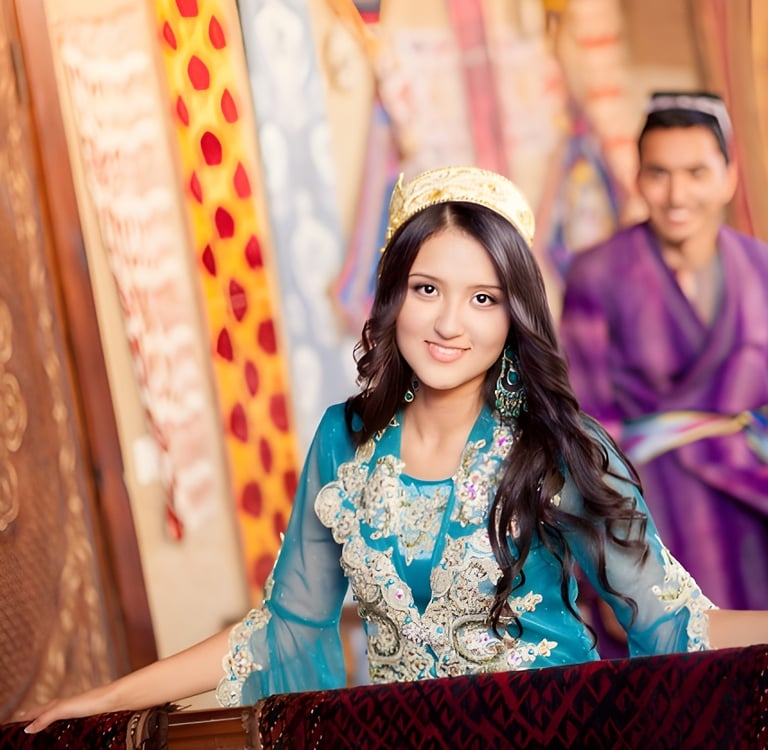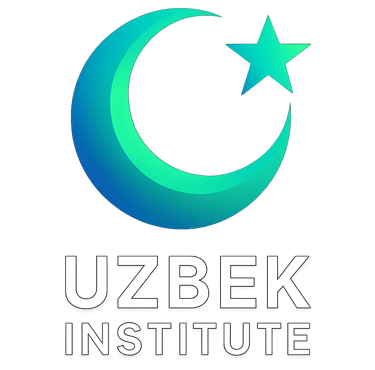Become UZBEK
SPEAK LIKE A REAL NATIVE
DIVE INTO A LIFESTYLE
From its historical significance as a central hub of the Silk Road to its enduring legacy as a crossroads of empires, Uzbekistan has played a pivotal role in the history of Central Asia. Its rich cultural tapestry reflects influences from Persian, Mongol, and Timurid rule, seamlessly blended with deeply rooted Uzbek traditions. With its breathtaking architectural heritage, from the majestic Registan of Samarkand to the ancient city of Khiva and the mosques of Bukhara, Uzbekistan offers a timeless journey through its enduring cultural legacy.
After gaining independence in 1991, Uzbekistan embarked on a remarkable transformation. The nation has embraced economic reforms, modernized its infrastructure, and opened its doors to the world, positioning itself as a dynamic player in Central Asia. Its flourishing arts scene, growing tourism industry, and focus on preserving cultural heritage while advancing modern initiatives showcase a country that honors its past while building a promising future. Today, Uzbekistan is a bridge between East and West, celebrated for its unique language, cuisine, and spirit of hospitality.
We have created a selection of cultural insights to help you quickly connect with Uzbeks. These insights will not only enrich your understanding of Uzbek customs and history but also help you learn Uzbek words and expressions you won’t find in any other textbook or course.

WELCOME TO FERGANA
Discover a lush oasis in the heart of the Fergana Valley, renowned for its vibrant bazaars, ancient crafts, and rich cultural heritage, framed by stunning mountain landscapes and fertile lands.

Fergana, located in the heart of the Farg‘ona vodiysi (Fergana Valley), is one of Uzbekistan's most picturesque and historically significant regions. Known for its breathtaking landscapes and fertile lands, Fergana is often called the "jewel of the valley." The city boasts a rich cultural heritage, with influences from ancient trade routes, including the legendary Buyuk Ipak yo‘li (Great Silk Road), which once passed through the area. Visitors can explore vibrant bozorlar (markets), where colorful textiles, fresh produce, and traditional handicrafts reflect the region's vibrant traditions. Fergana is also famous for its silk production, particularly in nearby Marg‘ilon (Margilan), home to the ancient art of atlas to‘qish (silk weaving). Surrounded by stunning mountain ranges, the area offers excellent opportunities for outdoor activities like hiking and nature exploration. Additionally, the city's friendly and hospitable locals are always eager to share stories about their traditions, history, and cuisine. A visit to Fergana is not complete without trying its delicious palov (pilaf), a dish that embodies the culinary essence of Uzbekistan. Whether you're drawn to its natural beauty, cultural landmarks, or vibrant atmosphere, Fergana truly captures the spirit of O‘zbekiston (Uzbekistan).


EXPAND YOUR KNOWLEDGE
If you are interested in learning more about Uzbek culture and history as well as the language, we recommend that you download our complete Uzbek language course!
You will not only receive all the contents available on our website in convenient pdf or epub formats but also additional contents, including bonus vocabulary, more grammar structures and exclusive cultural insights with additional vocabulary that you won't in any other textbook.
The additional articles include specific words or expressions related to the culture of the Uzbeks. Not only will you be able to speak the Uzbek language with confidence but you will amaze your listeners thanks to your knowledge of their country and history.






